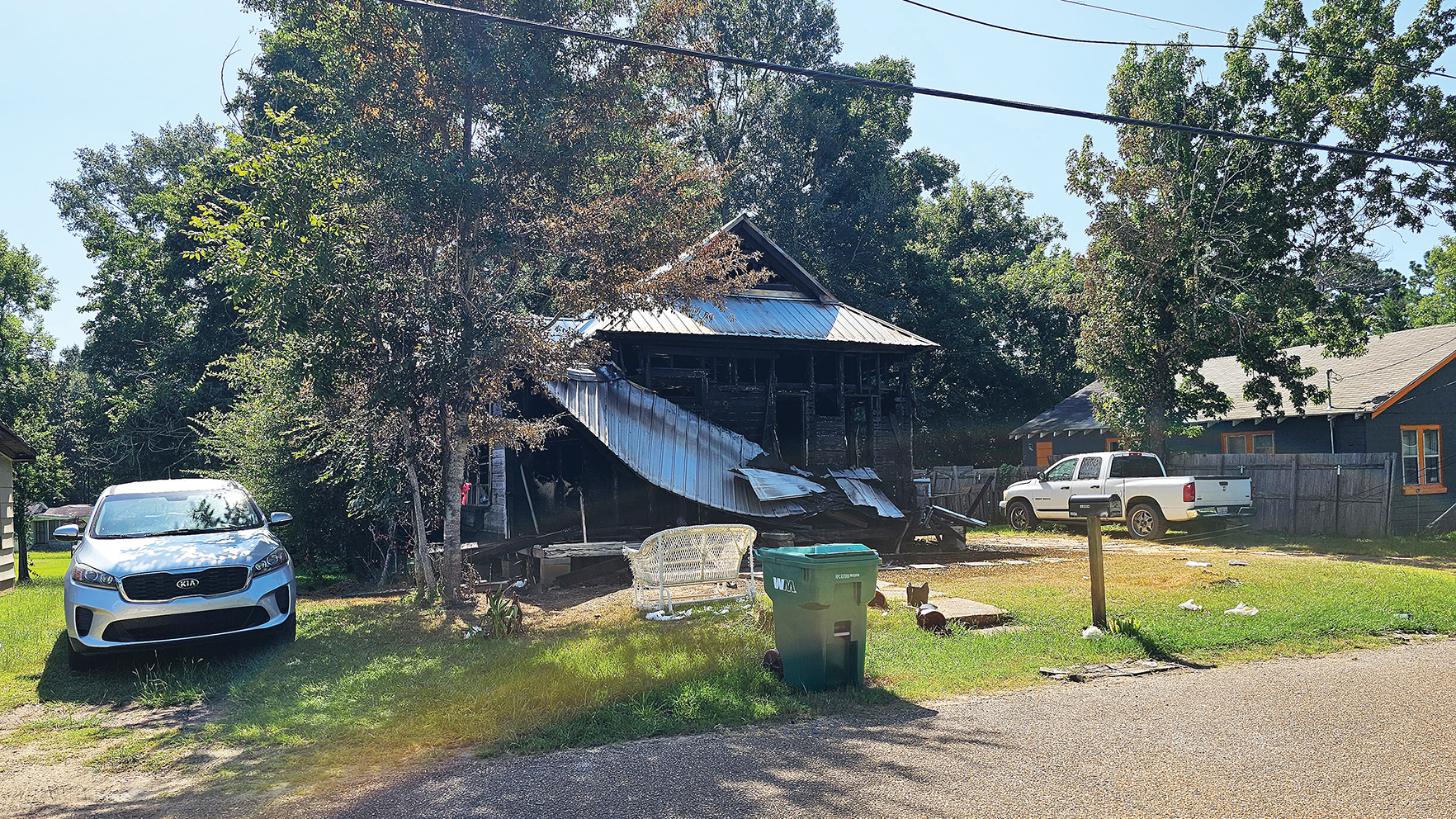Attack of the bees
Published 8:51 pm Saturday, April 1, 2017
Our house is being attacked by bees! Not killer bees, but Carpenter bees. These hovering bumble bee look-alikes drill small, perfectly round holes in wood siding or fencing. Typically, carpenter bees don’t cause serious structural damage to wood, unless large numbers of bees are allowed to drill many tunnels over successive years.
There are major differences between bumble bees and carpenter bees. One of the most easily observed physical difference is that the top of the abdomen of carpenter bees is slick and shiny, while bumble bees are covered with black, white or yellow hairs.
The ‘white-faced’ male carpenter bees are hard to miss. They have a bad habit of buzzing around, hovering in mid-air and occasionally getting right in your face! A lot of people are threatened by this behavior — but the males are harmless, because they have no stinger.
Trending
The females do have a sting, but are not aggressive. It’s easy to distinguish between a male and female, because the female has a solid black face. Females also behave differently from their male counterparts. They don’t have time for the idle buzzing and aerial acrobats. They spend their time boring nesting galleries, collecting pollen and nectar to provision the gallery and laying eggs.
Galleries are about 1/2 inch in diameter and may be up to two feet long. They are most commonly made in unpainted softwood lumber. Pine, cypress and cedar are among their favorites. Females will reuse and enlarge old galleries from year to year. Timbers can be weakened over time and galleries can allow moisture to enter the wood.
Carpenter bees seldom bore into painted or sealed wood. When using paint to prevent carpenter bee attack, it’s important that the paint or sealant coat be thick enough to totally cover the wood grain. Bees will readily bore through paint as long as they can ‘feel’ the wood grain.
In certain situations, it may be necessary to control carpenter bees with insecticides. The most effective method is to apply a small amount of insecticidal dust directly into the gallery. Female bees are killed when they return to the gallery and newly hatched bees are killed when they emerge.
If liquid sprays are used, it’s best to choose an insecticide formulated as a wettable powder.
These formulations will leave a dry powder insecticide residue on the surface of the wood.
Trending
Treated tunnels should be plugged with a small ball of aluminum foil and caulked within 24-36 hours.
Unless these unwanted carpenters are causing problems, it’s best to let them ‘bee’ — otherwise, a good coat of paint is the best deterrent.
Rebecca Bates is an MSU Extension-Lincoln County agent, and can be reached at 601-835-3460 or by e-mail at rebecca.bates@msstate.edu.





